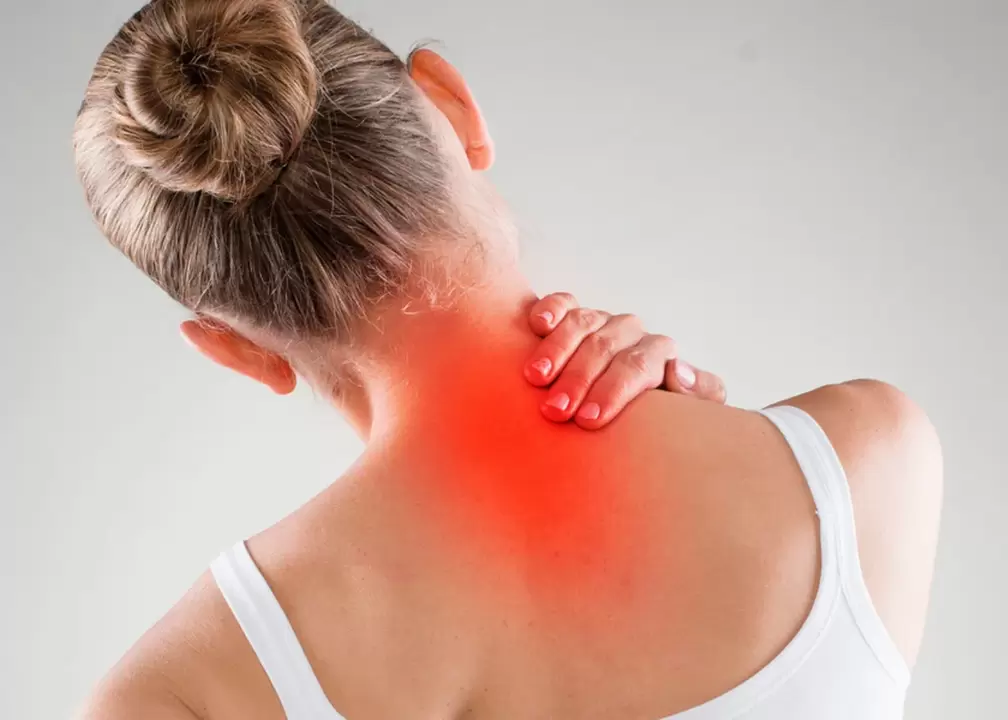
causes of neck pain
- Chronic disease (osteochondrosis, osteoarthritis) is a degenerative disease that may appear in the muscles of the neck, ligaments or in a certain part of the spine.
- Injuries – Pain occurs when discs, ligaments, vertebrae, and joints are injured.
- Herniated disc.
- Pain caused by esophageal, muscle spasms, heart, and lung diseases.
- Cervical spine tumor or metastasis from kidney cancer, thyroid cancer or breast cancer.
- Infectious bone disease, tetanus, meningitis, etc.
How does neck pain show up?
- It is difficult to turn your head from side to side or move your head up and down.
- Pain on the left or right side of the neck, especially when trying to lift the head.
- Pain in the temples and shoulders occurs when the neck is turned.
- Pain may also occur in the back of the neck, resulting in numbness.
- Wrong sleeping position, sedentary work – causes of neck, shoulder and back pain.
neck and head pain
- Damage to the base of the neck, spinal muscles, or ligaments.
- Muscle spasms.
- Holding your head in an incorrect and uncomfortable position for an extended period of time.
- Consequences of injury or tumors.
- Acute thyroiditis.
- Ankylosing spondylitis.
- Infections and rheumatoid arthritis.
neck headache
right side neck pain
severe neck pain
- Increased pressure on the spine and prolonged exposure to uncomfortable or incorrect positions can lead to spasms and severe muscle pain.
- Chronic diseases, infections, immune system problems.
- Sudden movements, emotional tension.
- Hypothermia in the muscles can impair blood circulation, causing neck pain.
- Excess weight is another cause of severe pain.
Pain in left neck area
pain in front of neck
back of neck pain
persistent neck pain
severe neck pain
Who to contact?
- chiropractor
- neuropathologist
























